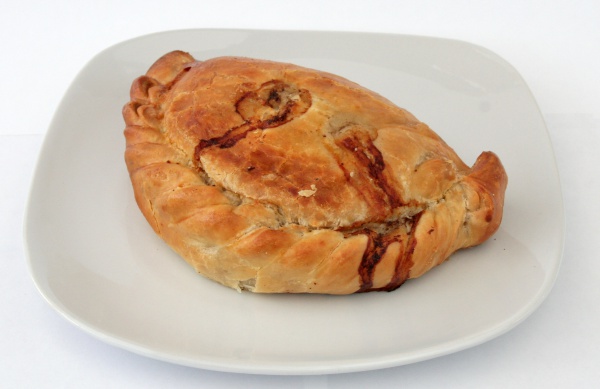Facts About Pasty
A pasty is a delectable baked pastry that is a hallmark of Cornish cuisine in the United Kingdom. Envision a circle of shortcrust pastry filled with raw ingredients such as meat, vegetables, and spices. It is then folded in half, the edges are crimped, and it is baked to golden perfection – this is a pasty! The traditional Cornish pasty, which enjoys Protected Geographical Indication (PGI) status, typically contains beef, potato, swede, and onion. These pasties are not merely food; they hold significant cultural and economic importance in Cornwall, offering a variety of delicious fillings.
The exact origins of pasties are unknown, but they have been present for centuries, appearing in historical documents and folklore. Due to the travels of Cornish miners and sailors, pasties have gained international popularity, with enthusiasts in countries such as Australia, Mexico, the United States, and beyond. Similar pastries can be found in other cuisines, including the Scottish bridie, the Spanish empanada, the Eastern European pirog, and even the Chinese shaobing.
Under PGI status regulations, an authentic Cornish pasty must adhere to specific criteria: it must contain beef, swede, potato, onion, and seasoning. The shape, crimping style, and ingredients contribute to its authenticity. However, there are numerous variations of pasties with different fillings and shapes that reflect local preferences and traditions.
In the 19th century, Cornish miners carried their cherished pasties as they emigrated around the globe, spreading their love for pasties to destinations such as Australia, the United States, Canada, South Africa, and Mexico. Pasties have also left a cultural imprint, appearing in literature, superstitions, rhymes, and songs. In Cornwall, people celebrate with large pasties at events, and in 2010, they even baked the world’s largest Cornish pasty!
